Asia
The architecture of Asia is just as diverse and rich as its cultural history. From the intricate designs of Hindu temples in India to the minimalist zen gardens and shrines in Japan, each country has its own unique style that reflects its philosophies, religions, and ways of life.
In China, traditional structures like pagodas and imperial palaces showcase a blend of Confucianism, Taoism, and Buddhism. The Forbidden City in Beijing, built during the Ming Dynasty, is a prime example of this. In contrast, the traditional Japanese architecture of wooden structures and paper walls reflects the influence of Shinto and Zen Buddhism.
Middle East
The Middle East is home to some of the oldest examples of architecture in the world. The ancient civilizations of Egypt and Mesopotamia left behind impressive structures such as the Pyramids of Giza and the Hanging Gardens of Babylon. The region also saw the rise of Islamic architecture, with intricate mosques and palaces adorned with geometric patterns and calligraphy.
Architecture & history
From grand palaces to intricate temples, each with their own unique styles and influences, the architecture of Europe, Asia, and India reflects the rich history and cultural diversity of these regions. Throughout centuries of political upheaval, religious turmoil, and artistic innovation, the architecture in these areas has evolved to represent not only the changing styles and techniques of different time periods, but also the beliefs, values, and identities of the people who built them.
Europe
Europe boasts a long and varied history of architecture, beginning with the ancient civilizations such as Greece and Rome. The classical architectural styles of these civilizations can still be seen in famous landmarks like the Parthenon and the Colosseum. As the Roman Empire declined, Europe entered a period known as the Dark Ages, where little progress was made in architecture. However, with the rise of Christianity in the Middle Ages, a new architectural style emerged: Gothic. This can be seen in iconic structures such as Notre Dame and Westminster Abbey.
During the Renaissance, Europe experienced a revival of classical styles, leading to the creation of grand structures such as St. Peter’s Basilica and the Palace of Versailles. The Baroque period saw a shift towards more extravagant and ornate designs, while the Industrial Revolution brought about new materials and techniques that allowed for taller and larger buildings, such as the Eiffel Tower and Big Ben.
Related Articles
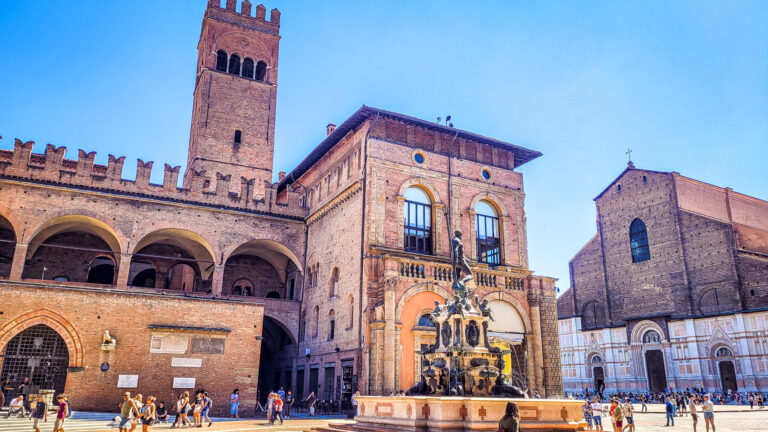
Explore the best things to do in Bologna
From medieval towers to charming piazzas, explore the best things to do in Bologna. A great city for foodies, history buffs, and art-lovers.
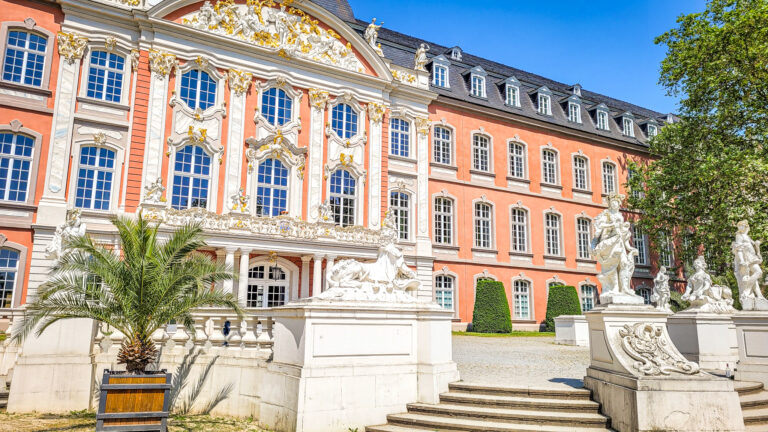
Discover the history, architecture and natural beauty of Trier in Germany in 2 days
If you’re looking for a city in Germany filled with history, stunning architecture, and beautiful scenery, then Trier should be on your list. Discover the
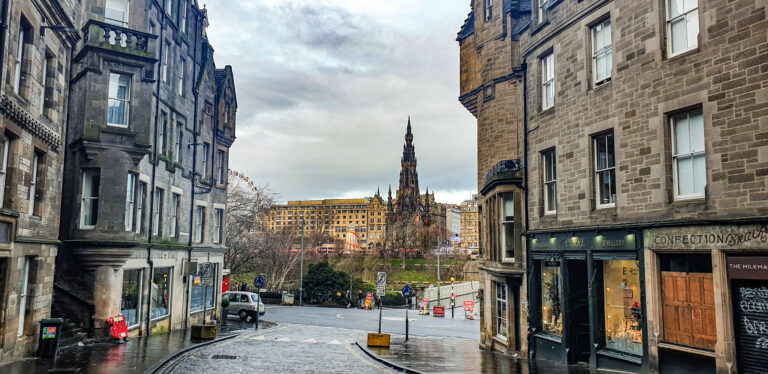
Monumental highlights of Edinburgh
Edinburgh is the capital city of Scotland and known for its cultural and architectural heritage. The city has a long history and has long been
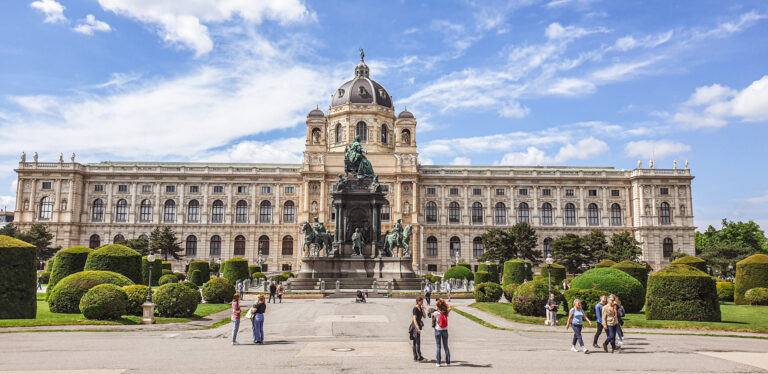
Monumental highlights of Vienna, Austria
Visit the palaces and parks of the Habsburg dynasty, walk in the rooms of Princess Sisi, admire the library that could be in Harry Potter movies or surround yourself by old master pieces at several museums in Vienna.
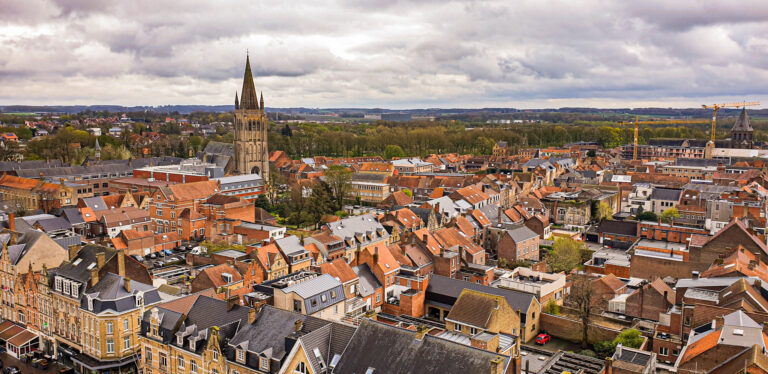
Monumental highlights of Ieper
The city of Ieper is located in Flanders in Belgium. One of most popular sites to visit is the In Flanders Fields Museum which narrates the invasion of Ieper during the First World War.
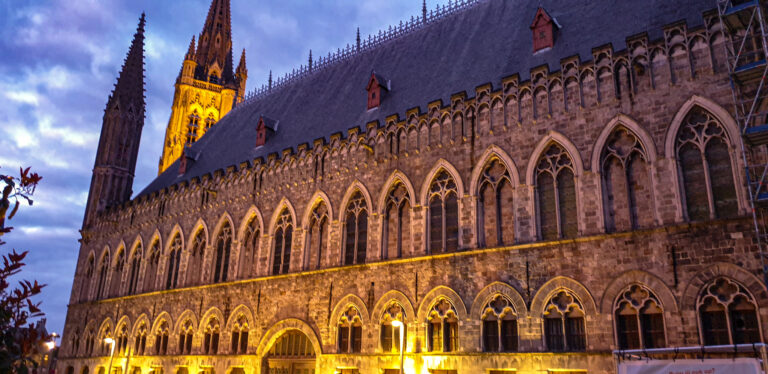
Virtual picture tour of Ieper
Ieper was an important medieval trading centre and the city is known for a long rich history. The city of Ieper was completely destroyed during the First World War. See how it is today.